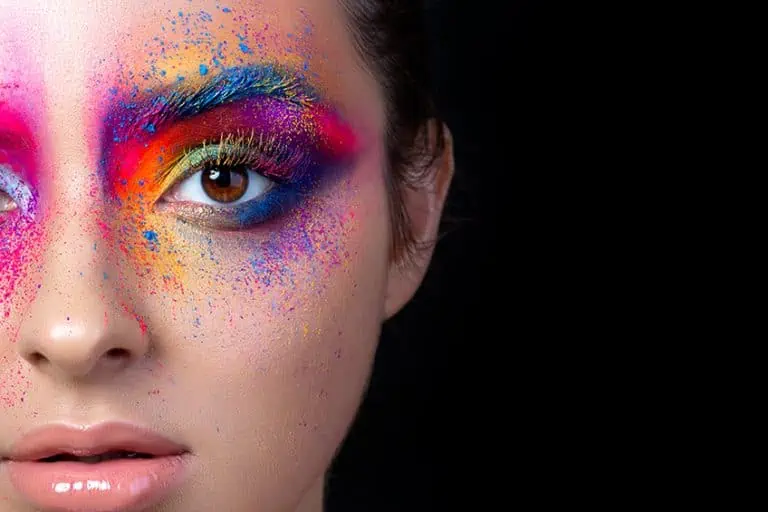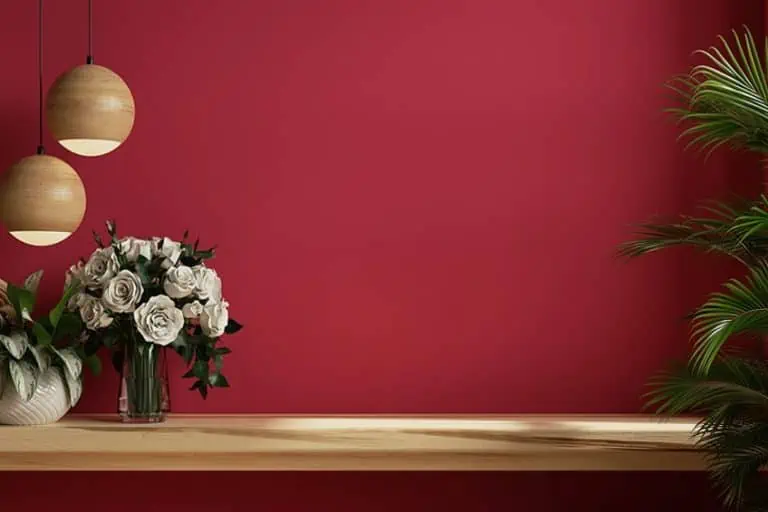Primary Colors – Learn All About the Main Colors
This post may contain affiliate links. We may earn a small commission from purchases made through them, at no additional cost to you.
It is fascinating to learn that by mixing and manipulating three very unsuspecting colors called primary colors, we can create a wonderful world of color that is far-reaching and almost never-ending. What are the primary colors and how can we use them? Primary colors are considered to be the main colors and mixing them to make other colors is simply remarkable. As young children, we were taught the basics of mixing colors, but few really understand the concept until later on in life. A new colorful world awaits us once we learn more about primary colors and what the primary colors definition is. Isn’t it just wonderful that we start learning at such young ages, and somehow, the lessons never stop? So, what are primary colors, exactly? Learning about color, and especially about primary colors, is a never-ending journey, and as we explore in more detail the world of primary colors, we hope you enjoy mixing and experimenting with us!
Table of Contents
- 1 The Primary Colors Definition
- 2 Primary Colors vs. Other Colors
- 3 Primary Colors and Moods
- 4 Primary Colors in Famous Paintings
- 5 Interesting Facts About Primary Colors
- 5.1 There Were Once More Than Three Primary Colors
- 5.2 A Peculiar but Fun Fact About the Color Wheel
- 5.3 There Were Once Fewer Colors in the Rainbow
- 5.4 If You Study a Rainbow More Carefully, It Does Not Have Pure Colors
- 5.5 Primary Colors Are the Beginning of Every Color
- 5.6 The First Color Ever Used May Surprise You
- 6 Frequently Asked Questions
The Primary Colors Definition
So, what are the primary colors? These colors are red, yellow, and blue. The mixing of these three colors was first discovered in the year AD300. Mixing the pigment of color to create a realistic painting with diverse color gamuts is believed to have started in ancient Greece. There have been various discussions throughout history about the three basic primary colors, and while no fixed conclusions have been made, artists around the world do agree that a small number of pigments are more than enough to mix a large number of different colors.

In order to achieve a secondary color, simply mix together two of the primary colors. If you combine red and blue, the color you will get is violet, and by mixing red and yellow, you will have an orange. The yellow primary color combined with the blue primary color will result in a green secondary color. Should you choose to combine all three of the primary colors, you can expect an ugly, muddy brown shade as a result. Often the question is asked, why are the primary colors called primary colors? The answer to this is quite simple.
Artists who mix paint will be mindful of the three elements of color, which are described in more detail further along in this article. These elements were considered when mixing colors to create a color tone that was darker and dull. We call the three primary colors (yellow, red, and blue) because by combining two primary colors, we can achieve a secondary color.
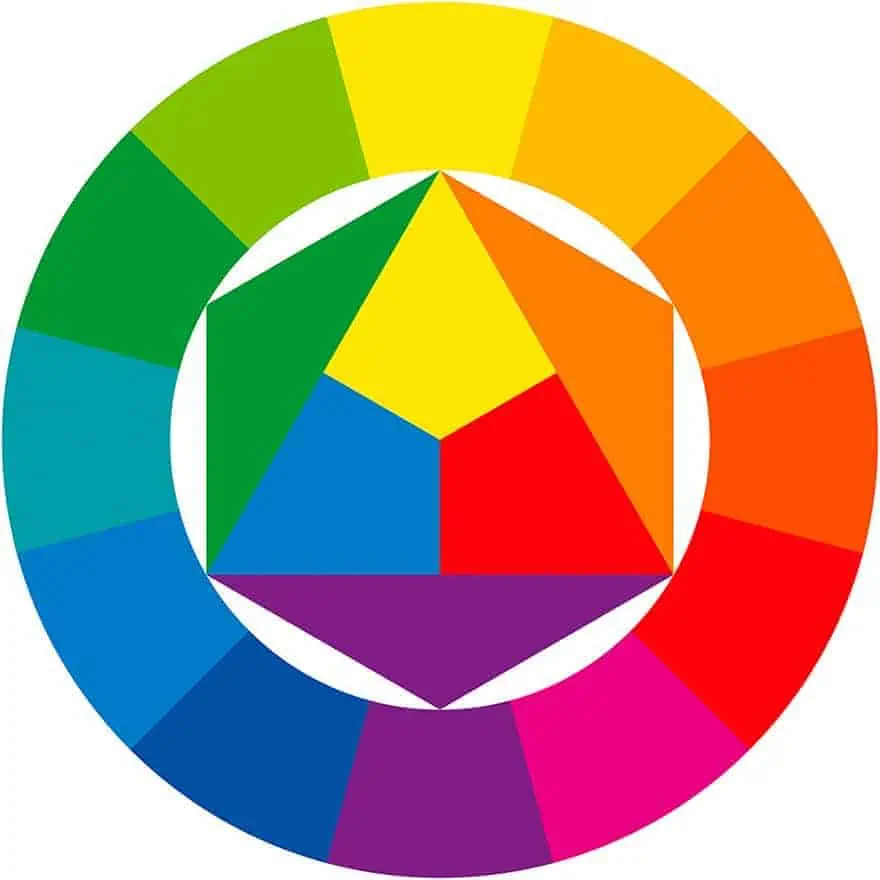
Elements of Color
Before you can understand color and primary colors, in particular, it is essential to realize that three elements affect color and should be taken into consideration when mixing or talking about choosing colors. The first element is the hue, which means what pigment was used in color. No matter if it is a dark pigment or a light pigment that has been used, the outcome of the color will change. The second element is color saturation, which is the color’s purity. Your color will be more intense the higher the saturation is, and when lowering the saturation, the color will appear to be grayer. The last element is brightness, and this refers to how dark or how light a color is by simply adding black or white to the color. When adding black and white colors, the saturation will change.
Mixing Primary Colors
How many primary colors are there? Well, at this point in the article, you should know that the primary colors include blue, red, and of course, yellow. So, what are the secondary colors? The three secondary colors are violet, green, and orange. To achieve a purple color, you should combine blue with red, and various amounts of each will result in different purple shades and hues. To get an orange color, you should mix red and yellow together. By mixing blue and yellow together, you will get the color green.
It is important to remember that when mixing primary colors to get other colors, there are a variety of different shades of red, yellow, and blue, and these will have a direct impact on the color combinations. The three tertiary colors are the colors that can be formed by combining two colors. One of these colors should be a primary color, such as yellow, red, or blue, and one should be a secondary color. Tertiary colors are essential because when painting, they make a picture look more natural and realistic. The different tertiary colors are yellow-orange, red-orange, red-violet, blue-violet, blue-green, and lastly, yellow-green. The complimentary colors of the three primary colors of red, yellow, and blue are a combination of secondary colors which are red-cyan, green-magenta, and blue-yellow.
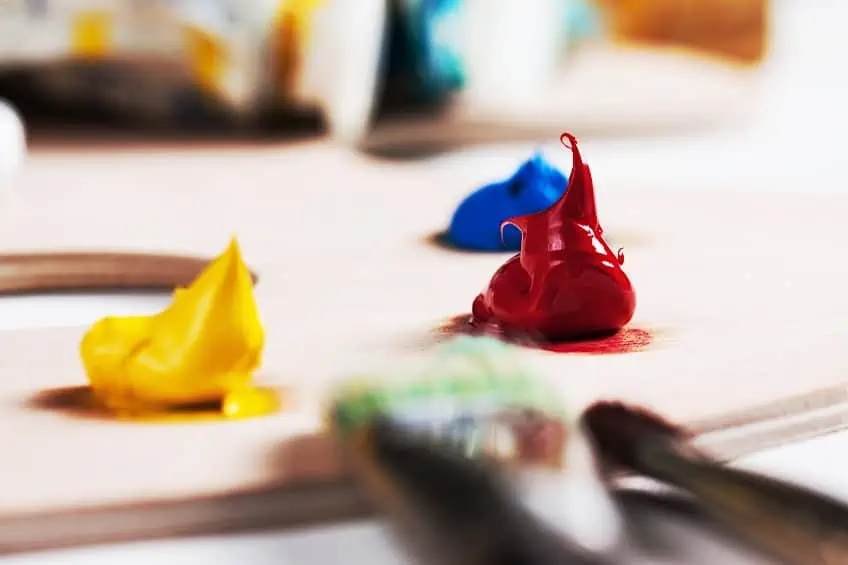
Primary Colors vs. Other Colors
White, black, and other neutral colors, such as gray or beige, will be perfectly matched with any one of the three primary colors. When mixing primary colors with light and dark shades, they work perfectly. Although the three primary colors create a harmonious look in interior design, using only these primary colors in one room is not always a good idea as the three colors will fight with each other as they will overpower one another.
White and Black
Fascinatingly the colors white and black are not seen as actual colors on the color wheel, but instead, it is the presence of light or the absence of light that creates these two colors. The tint in color will reflect light, and the shade in color will absorb more light. Some artists do consider white and black as actual colors. However, from a technical point of view, the two colors are not seen as colors but rather are shades.
How is the color white made? If you mix three colors, such as red, green, and light blue, you will get a color called white light. And by the same token, if you mix all three primary colors, the color black is then created.
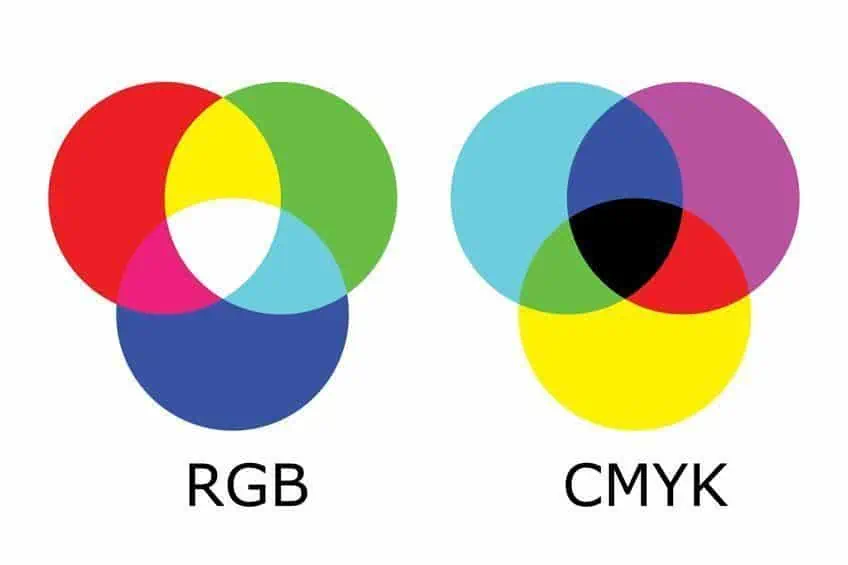
Primary Colors and Moods
One of the primary colors is red, and bright red colors tend to make people appear busy with no sense of relaxation. The red color signifies power and excitement, and painting children’s rooms using this color is usually frowned upon. The color is not soothing and is often thought to trigger stress. However, on the other hand, dark deep red colors tend to have a soothing effect, so it is just making the right choice of red if you are going to incorporate it into a room. Red is a color that is seen to combat depression. It is a powerful color that gives a person confidence to get up and go but using red sparingly is always vital, as too much of it can cause overthinking and excitement.

Another primary color is blue, and all blue colors have a calming effect and can be soothing to the mind. Light blue colors are often seen in hospitals and care homes because it is a serene color that is calm. Royal blues are seen as being regal and add a feeling of luxury to a space. Of the three primary colors, blue is the more versatile for incorporating into a living space and is often a color used in the corporate world.
Yellow, which is the third primary color, can be quite draining if worn as an outfit. Yellow is one of those colors that can be difficult to wear if you have a yellowish skin tone. Bright yellow colors are seen to be fun, and feelings of happiness are typically involved when seeing bright yellow. However, if you want to incorporate yellow into a room, it is recommended that only pops of yellow colors are used as opposed to painting out an entire room as it can cause unsettling feelings if there is too much yellow all around. Using the right yellow in your surroundings will lift your spirits. Soft yellows will work to paint out a classroom, for instance, where children need a boost to their confidence.
Primary Colors in Famous Paintings
While you will be hard-pressed to find all three bright primary colors used by the great masters, they did incorporate the colors into a lot of their paintings. Van Gogh in particular loved the brownish-yellow colors that can be seen in a lot of his paintings. Another painter by the name of Piet Mondrian used primary colors to create drama in his masterpieces.
The Bedroom in Arles (1888) by Vincent van Gogh
| Artist | Vincent van Gogh (1853 -1890) |
| Date Completed | 1888 |
| Medium | Oil on canvas |
| Location | Van Gogh Museum, Amsterdam, Netherlands |
A few of Vincent van Gogh’s paintings, such as The Bedroom in Arles (1888), are characterized by the use of primary colors as well as secondary colors. In this painting, Van Gogh used pale lemon greens and blood reds. Van Gogh loved the more subtle hues of the yellow color. He stated that he wanted to express his state of rest and peace by using primary colors.
Evening: Red Tree (1911) by Pieter Cornelius Mondriaan
| Artist | Pet Mondrian (1872 – 1944) |
| Date Completed | 1908 – 1910 |
| Medium | Oil on canvas |
| Location | Gemeentemuseum Den Haag, the Hague, Netherlands |
One of the world’s greatest 20th-century artists, Pieter Cornelius Mondriaan, was of Dutch descent and an art theoretician. Commonly known as Piet Mondrian, he used primary colors in most of his art pieces. Evening: Red Tree which was completed in 1910, has a beautiful blue background that enhances the detail of the bright red tree in the foreground.
Interesting Facts About Primary Colors
You would be forgiven for thinking that primary colors are boring or less interesting than secondary and tertiary colors, however, there are many interesting things to learn about them which prove that primary colors are quite interesting after all!
There Were Once More Than Three Primary Colors
It was believed that there are, in fact, four primary colors, and these four colors represented the four elements: fire, air, water, and earth.
A Peculiar but Fun Fact About the Color Wheel
Did you know that if you spin the color wheel because all the colors blend with the spin, the human eye will not see color but will only pick up the color white?
There Were Once Fewer Colors in the Rainbow
Did you know that the rainbow you see in the sky after rainfall used to have only five colors that were identified? In 1704, Sir Isaac Newton proved that the color orange and indigo also formed part of the rainbow colors.

If You Study a Rainbow More Carefully, It Does Not Have Pure Colors
Rather the colors blend into each other in one spectrum. The three primary colors do belong in the rainbow, and the seven rainbow colors are red, yellow, green, orange, blue, indigo, and violet.
Primary Colors Are the Beginning of Every Color
As mentioned before, the primary colors are red, blue, and then yellow. We call these colors “primary colors” because they are the basis of all other colors. So, primary colors could be considered the main source of all different colors.
The First Color Ever Used May Surprise You
Perhaps you will be surprised to learn that the very first color that was used in art was the color red or ochre. It was used in cave art and can be dated back to at least eighty thousand years ago.
Who would have thought that three humble colors, red, yellow, and blue, would play such a vital role in our lives? They are indeed the most important colors, in fact so important that they even received the title of being known as primary colors. Having learned more about the three primary colors and how they can be mixed and manipulated into making other colors opens up our world of exploration. If you take time to think about it, without these primary colors, we wouldn’t enjoy the warm feelings that color can give us. Primary colors certainly do not get the recognition and accolades that they should, and they are often taken for granted, but when artists pick up their brush to paint and start mixing colors to create masterpieces, we just know that the primary colors are uppermost in their mind and for that we celebrate.

Frequently Asked Questions
What Are Primary Colors?
Red, blue, and yellow are the three colors that we know as primary colors. They are red, yellow, and blue. If you start mixing the primary colors, you land up with three secondary colors, which are orange, green, and violet, and from there, you will get what we call tertiary colors, which are red-orange, yellow-orange, yellow-green, blue-green, blue-violet, red-violet colors. You can create these tertiary colors when we combine one primary color with a secondary color.
What Is the Primary Colors Definition?
Primary colors of red, yellow and blue cannot be mixed with any other color. They are the starting point where mixing colors will commence. Primary colors consist of colorants that are incorporated in various amounts to produce what we call a gamut of colors.
How Many Primary Colors Are There?
There are only three primary colors, and these are red, yellow, and blue. As they are mixed, secondary colors will be made, and if the secondary colors are mixed, then tertiary colors are made. All the colors in the world that you see all around you start from three colors.
Are Primary Colors Also Main Colors?
Primary colors can be considered as main colors because you cannot mix another color to get a primary color. Secondary colors are mixed when you mix two primary colors, but your main colors, red, blue, and green, are considered to be the most essential colors on the color wheel.
Duncan graduated with a diploma in Film and TV production from CityVarsity in 2018, after which he continued pursuing film while taking on a keen interest in writing along the way. Since having graduated, he began working as a freelance videographer, filming a variety of music videos, fashion and short films, adverts, weddings and more. Throughout this, he’s won a number of awards from various film festivals that are both locally and internationally recognized. However, Duncan still enjoys writing articles in between his filming ventures, appreciating the peace and clarity that comes with it.
His articles focus primarily around helping up-and-coming artists explore the basics of certain colors, how these colors can be paired with other shades, as well as what colors are created when you mix one with another. All while relating these shades to historically significant paintings that have incorporated them into their color palette. As a lover of the arts himself, he takes great interest in the Renaissance era of paintings, an era that has directly inspired many of his favorite films.
Learn more about Duncan van der Merwe and about us.
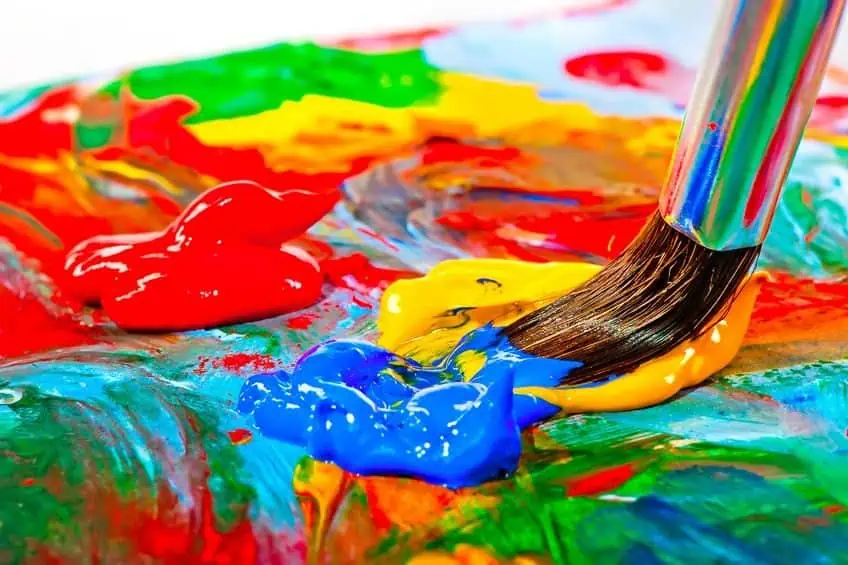

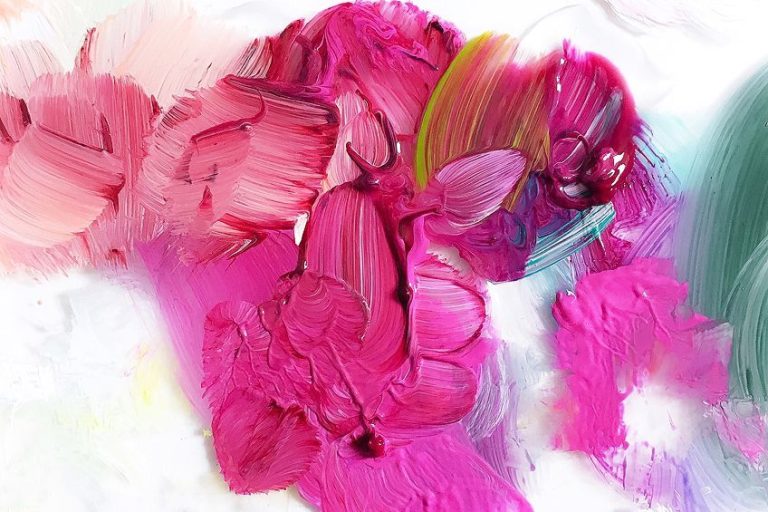
![Mixing Colors – The Best 30 Tips on How to Mix Colors [Guide]](https://acrylgiessen.com/wp-content/uploads/2020/05/mixing-colors-768x512.jpg)
